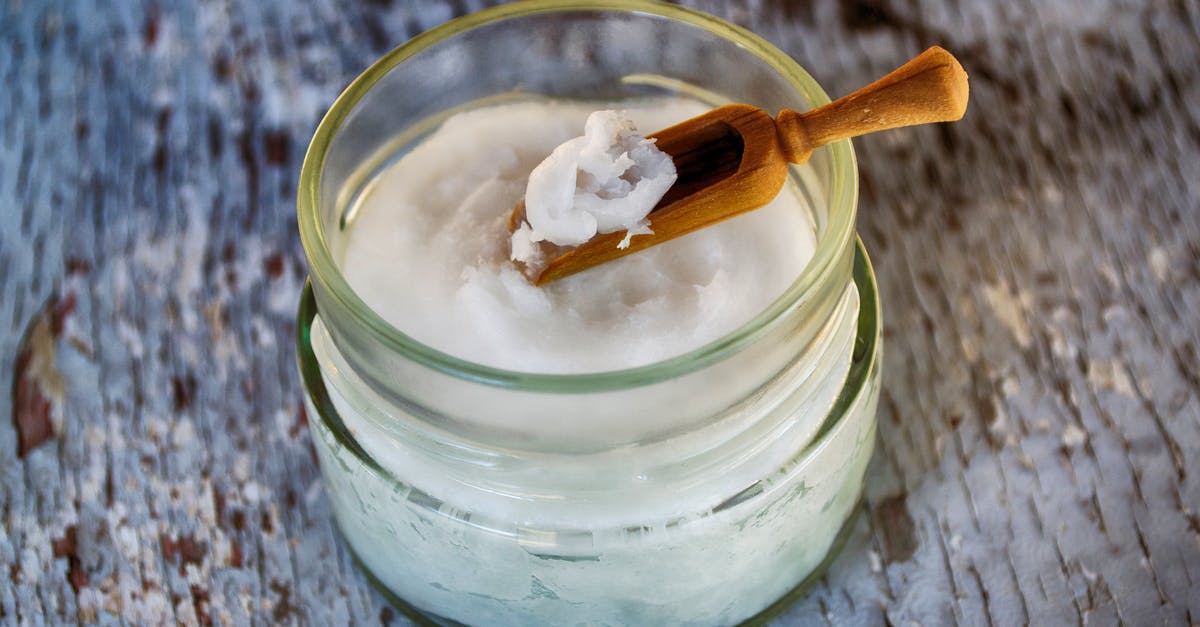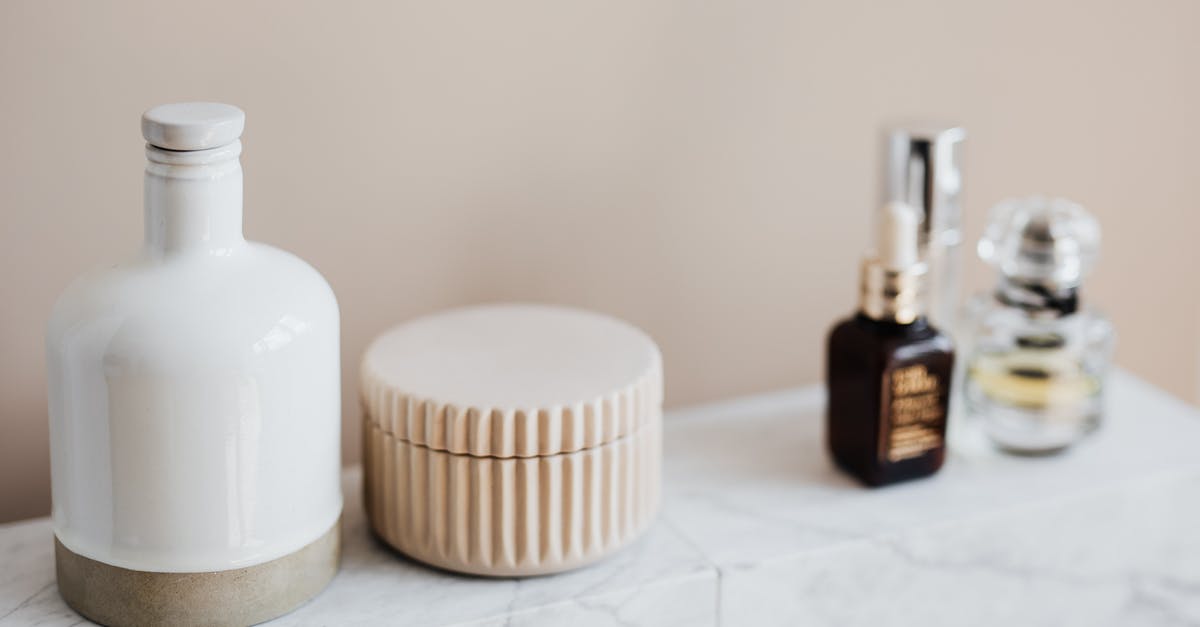Emulsifying (and stabilizing?) a sesame oil ice cream

I would like to make an ice cream based on sesame oil and allulose. According to reasons-for-separating-eggs-in-ice-cream, ice cream can be made French-style with milk, cream and yolk, or Philadelphia-style with milk and extra cream. In either case, the creamy consistency is actually achieved by partially “demulsifying” the mixture of milk and cream, either with yolk lecithin, which is a worse emulsifier than casein, or with extra cream. So, I am wondering if it is possible to mix sesame oil, allulose, emulsifiers and possibly stabilizers to achieve a comparable texture.
To get the proportions, I converted all the butter, cream and MCT fat of this Philadelphia-style recipe:
3 tbsp butter (34.5 g of fat), 1/3 cup allulose + 1/4 MCT (56 g) + 3 cups heavy cream (257.6 g of fat)
into the equivalent in terms of sesame oil and water:
1/3 cup allulose + 1.55 cups sesame oil (348.1 g) + 1.4 cups water (to match the volume of 1.) + yolk/lecithin/glycerin/casein?? (to emulsify).
(If I use yolk, there will be more fat. More on that below.)
I haven't found practical guidelines for producing emulsions as related to ice creams, but I got some clues from this research paper comparing emulsions with soy lecithin vs. yolk lecithin. They mixed the emulsions at 50°C. At the conditions they tested, they found that the most stable emulsion was produced at 50:50 oil:water mixture with 5% soy lecithin at neutral pH with the addition of xanthan gum as a stabilizer. On the other hand, the yolk lecithin emulsion was more stable against oxidation; moreover, the most stable egg yolk lecithin was produced at pH 2.3 and also at 50:50 oil:water and 5% lecithin. The reason for the difference in pH has to do with the fact that yolk lecithin is richer in phosphatidylcholine and phosphatidylethanolamine, which are zwitterionic, whereas soy lecithin is richer in anionic phospholipids such as phosphatidylinositol and phosphatidic acid.
Should I decide to go with yolk, my preferred choice of lowering the pH would be with vinegar, which has a pH ≤ 2.5. However, that would probably be wasteful, especially because the acetic acid would rapidly volatilize at 50°C. Do I have any other options besides citric acid? Or is it possible that the zwitterionic compounds in yolk lecithin also emulsify well at basic pH, given that the hydroxide anion is an intrinsic emulsifier? In that case, could I use sodium acetate in a sweet ice cream?
To get 5% of lecithin from yolks requires y ≈ 14.9 yolks since the yolk of a large egg has 4.4 g of fat and yolk fat is 30% lecithin (from the equation 5%(348.1 + 70% 4.4y) = 30% 4.4y).
Do all these ingredients seem to be in the right proportion? Will it be possible to create the emulsion with just a spatula and a pot?
Finally, how do other solids (i.e. allulose, xanthan gum, etc.) interact with the oil? Instead of xanthan gum, would collagen, resistant corn starch and chitosan be good stabilizers?
Best Answer
It seems that what you are trying to produce is a thin mayonnaise. So:
Will it be possible to create the emulsion with just a spatula and a pot?
No. You will have to really emulsify the stuff, preferably with something with a motor. Look into ways to make mayonnaise.
However, that would probably be wasteful, especially because the acetic acid would rapidly volatilize at 50°C. Do I have any other options besides citric acid?
In practice, standard mayonnaise, hollandaise and other yolk emulsified sauces do perfectly well with vinegar. Also, you are making a logical error here - if pure acetic acid boils at 50°C (something I've never bothered to check) this doesn't mean that you will get the acetic acid boiling out of a complex mixture of vinegar, oil, yolk and other stuff taken to 50°C. You probably do have other options, but why would you even bother?
I have no idea whether the lecithine will be helped by basic ingredients, but the results on taste will be terrible. With all that fat, you are likely to end up with the worst soapy taste ever. I wouldn't ever try going in that direction.
Do all these ingredients seem to be in the right proportion?
No. 15 eggs per 350 g of oil is very strange. Mayonnaise usually takes one yolk per 50-300 g of oil for taste purposes, although you can use less (books disagree on how much less, Ruhlmann's Ratio for example disproves McGee's On Food and cooking, saying that in practical tests, mayonnaise started breaking at around 1/4 tsp of yolk per 6 ounces of oil). I would say that 3-4 yolks for that amount will be normal.
The bigger trouble here is the water. While you do need a tiny bit of water to start a mayonnaise, if you add too much relative to the yolk, you end up with an ugly greasy soup. So you won't be able to make the emulsion first, then try to use it as milk. I have never used allulose, but I hope that as typical sugars it is water soluble, so you might have to create a syrup with it, then create separately your mayonnaise, then mix the two gently.
The whole idea will be very difficult to pull off. The mayonnaise will be doable, but thinning it with the syrup might prove difficult without it breaking. If you manage that, you have the next problem: I don't think that frozen mayonnaise is any good, I suspect that your ice cream will melt into a very weird and unpleasant texture in the mouth if you can get it to freeze into a usable consistency at all. And beside the texture, I expect the taste to also be pretty strange - more like an American sandwich sauce (you know, these sugared mayonnaises which you get in places like Subway) than like ice cream.
A much easier route might be to try making a gelato style ice cream by cooking a pudding with your water and sweetener and some starch, then mixing the oil (and eggs, if you want them) right into the cooked pudding. It is much likely to stand up to freezing in a machine, then thawing, although it is likely to taste better with much less fat than you are planning to use. Also, the problem with "sandwich sauce taste" will remain.
Pictures about "Emulsifying (and stabilizing?) a sesame oil ice cream"



How is ice cream a stable emulsion?
In an ice cream mix, it is primarily the milk proteins that adsorb to the surface of the fat globules to enhance their stability, so emulsifiers are not needed for fat emulsification in the classic sense ( 3).How do you make emulsified oil?
When it comes to making an emulsification, the key is to add the oil slowly into the mixture with the vinegar and emulsifier. Too fast and the oil and vinegar will want to stay separated. Also pay attention to the temperature of your emulsifier to ensure it's not too hot or too cold compared to the oil and vinegar.Stabilizers and Emulsifiers in Ice-cream.
Sources: Stack Exchange - This article follows the attribution requirements of Stack Exchange and is licensed under CC BY-SA 3.0.
Images: Karolina Grabowska, Dana Tentis, Monstera, Karolina Grabowska
